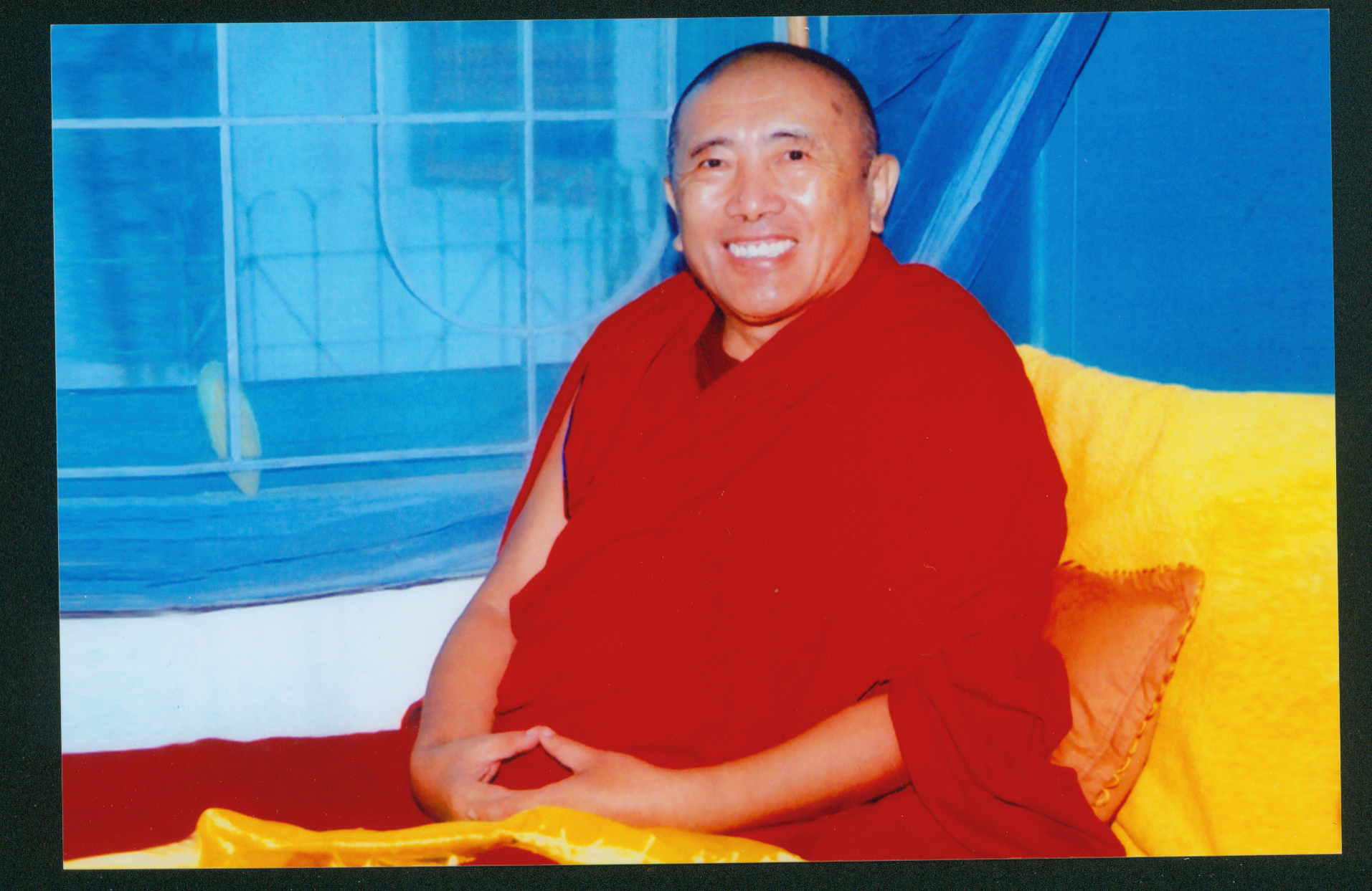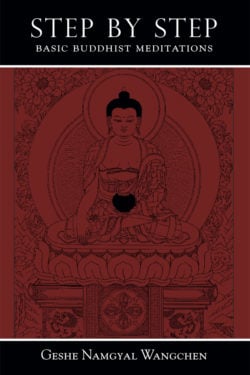Geshe Namgyal Wangchen

Geshe Namgyal Wangchen was born in Tibet in 1934 and educated at Drepung Monastary. In 1959, along with His Holiness the Dalia Lama and 100,000 other Tibetans, he fled the Chinese occupation of his homeland. During the 1980’s he began teaching Western students in London, England. He now lives and teaches in the reestablished Drepung Monastery in India.
Books, Courses & Podcasts
Step by Step
Step By Step is a practical introduction to the profound meditation methods of Tibetan Buddhism. Based on the teachings of the great Tibetan saint and founder of the Gelug School, Tsongkhapa, the techniques explained here are simple, direct and possess the power to radically alter the way we see the world and ourselves. They present a time-tested means for counteracting depression, anxiety, low self-esteem, and countless other forms of mental suffering. This book provides the reader with all of the instruction necessary to embark on the path of transformation that Tibetan Buddhists have refined over the last 1300 years. Geshe Wangchen provides detailed explanations on the six perfections, emptiness, the preciousness of life, and how to develop the genuine altruistic wish to live one’s life in a way that brings only benefit to all living things. Geshe Wangchen provides three life-changing meditations that the reader can immediately integrate into their lives in order to work toward a life experience that is more compassionate, confident, and full of wisdom.
Read Tsongkhapa’s biography at the Treasury of Lives.

